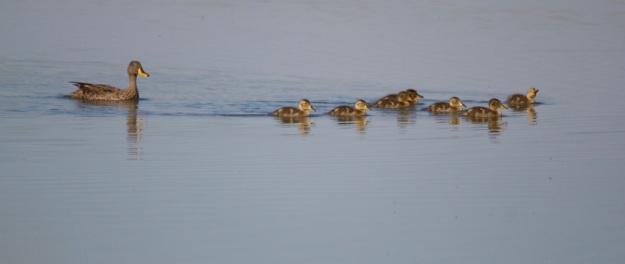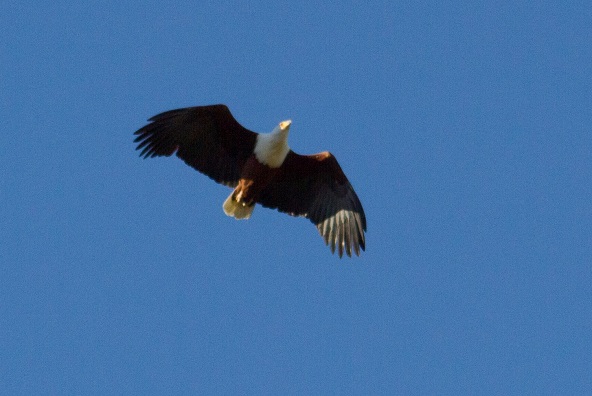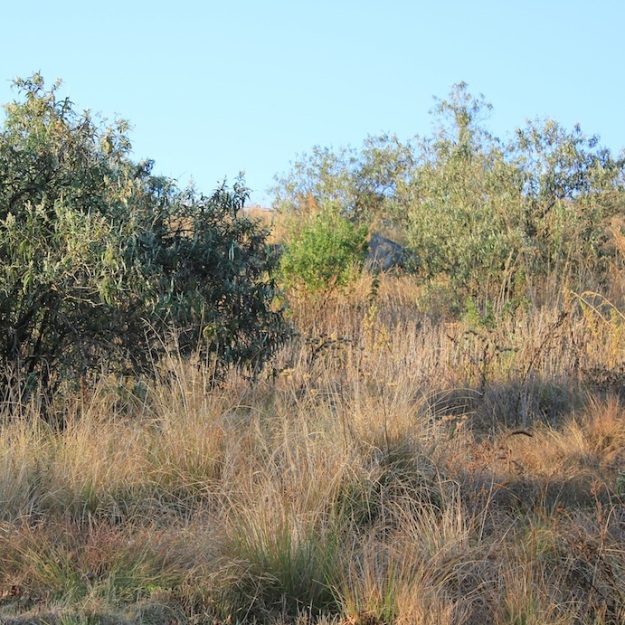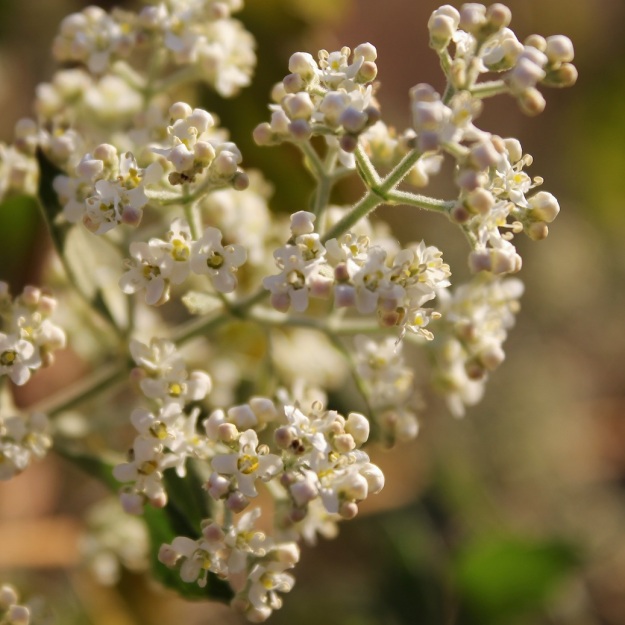Crystelle Wilson – Sitamani
The first weekend in May the annual Cape Parrot count took place. In Boston we staked out several places, but parrots were seen at only two sites, 4 at the Impendle Nature Reserve and 19 at The Rockeries where they were feasting on pecan nuts.
My SABAP2 atlas list for the Elandshoek pentad 2935_3000 is:
Amethyst Sunbird, Village Weaver, Cape Robin-Chat, Hadeda Ibis, Cape Turtle Dove, Red-eyed Dove, Cape Canary, Dark-capped Bulbul, Black Saw-wing, African Hoopoe, Speckled Mousebird, Cape White-eye, Green Wood-hoopoe, Southern Greyheaded Sparrow, Pin-tailed Whydah, Cape Crow, Booted Eagle, Cape Wagtail, Cape Sparrow, Olive Thrush, Cape Longclaw, African Stonechat, Bokmakierie, Common Waxbill, Southern Red Bishop, Fan-tailed Widowbird, Jackal Buzzard, Long-crested Eagle, Southern Boubou,
Yellow-fronted Canary, Red-chested Flufftail, Fork-tailed Drongo, Cape Grassbird, Le Vaillant’s Cisticola, African Rail, Grey Crowned Crane, Egyptian Goose, Red-billed Quelea, African Darter, African Sacred Ibis, Black-headed Oriole, Giant Kingfisher, Common Fiscal, Red-necked Spurfowl, Pied Crow, African Pipit, Spur-winged Goose, Reed Cormorant, Yellow-billed Duck,
Red-knobbed Coot, Little Grebe, Blue Crane, Cape Weaver, Red-collared Widowbird, Black-headed Heron, African Firefinch, Helmeted Guineafowl, Common Moorhen, Black Sparrowhawk, Cape Batis, White-breasted Cormorant, Thick-billed Weaver, Little Rush-Warbler, Drakensberg Prinia, Brown-throated Martin, South African Shelduck, Sombre Greenbul, Speckled Pigeon, African Olive-Pigeon, Bar-throated Apalis, Barratt’s Warbler, Hamerkop, Long-billed Pipit,
Terrestrial Brownbul, Southern Double-collared Sunbird, Red-throated Wryneck, Olive Woodpecker, Cardinal Woodpecker,
Blacksmith Lapwing, Cattle Egret, Pied Starling, Cape Glossy Starling, House Sparrow, Lanner Falcon, Knysna Turaco, African Goshawk, Black-winged Lapwing, Malachite Sunbird, African Fish-Eagle,
African Black Swift, Buff-spotted Flufftail, Secretarybird, Cape Parrot.
Andrew Poole of Brooklands farm: Secretary Bird on nest at “Brooklands” farm ; 4 Southern Ground Hornbill on Ncwadi road, near turnoff from R617
Ian Lawrence of Endeavour farm: Denham’s Bustards are back daily; 3 Wattled Crane (one Juvenile) and 4 Blue Crane (two Juveniles) at wetland on “Endeavour”; numbers of Bald Ibis in cut maize.
Pete Geldart of Coquidale farm: 4 Cape Parrots flying overhead; spotted Lizard
Basil and Terry Cuthbert of Juluka Estate: baby Reedbuck from up close with mother; 4 Grey Crowned Cranes (two Juveniles) daily at one of three dams on or near Juluka Estate
Trevor and Cheryl Scheepers of “Lapa Lapa”: 4 Barn Owl chicks have been hatched out in loft in shed as in previous years.
Christeen Grant of Sitamani:
May in general was mild and sunny, but winter chill and frosts are more frequent, a silver dusting on the lower ground in the mornings. The hillside behind our house has mellowed to gold with green Leucosidea sericea and Buddleja salviifolia bushes.
Greyia sutherlandii leaves are vibrant shades of green and red, and maybe due to the warm days, flower inflorescences are starting to open.
Buddleja auriculata flowers are in full bloom, tiny, close packed flowers creating a showy display.












